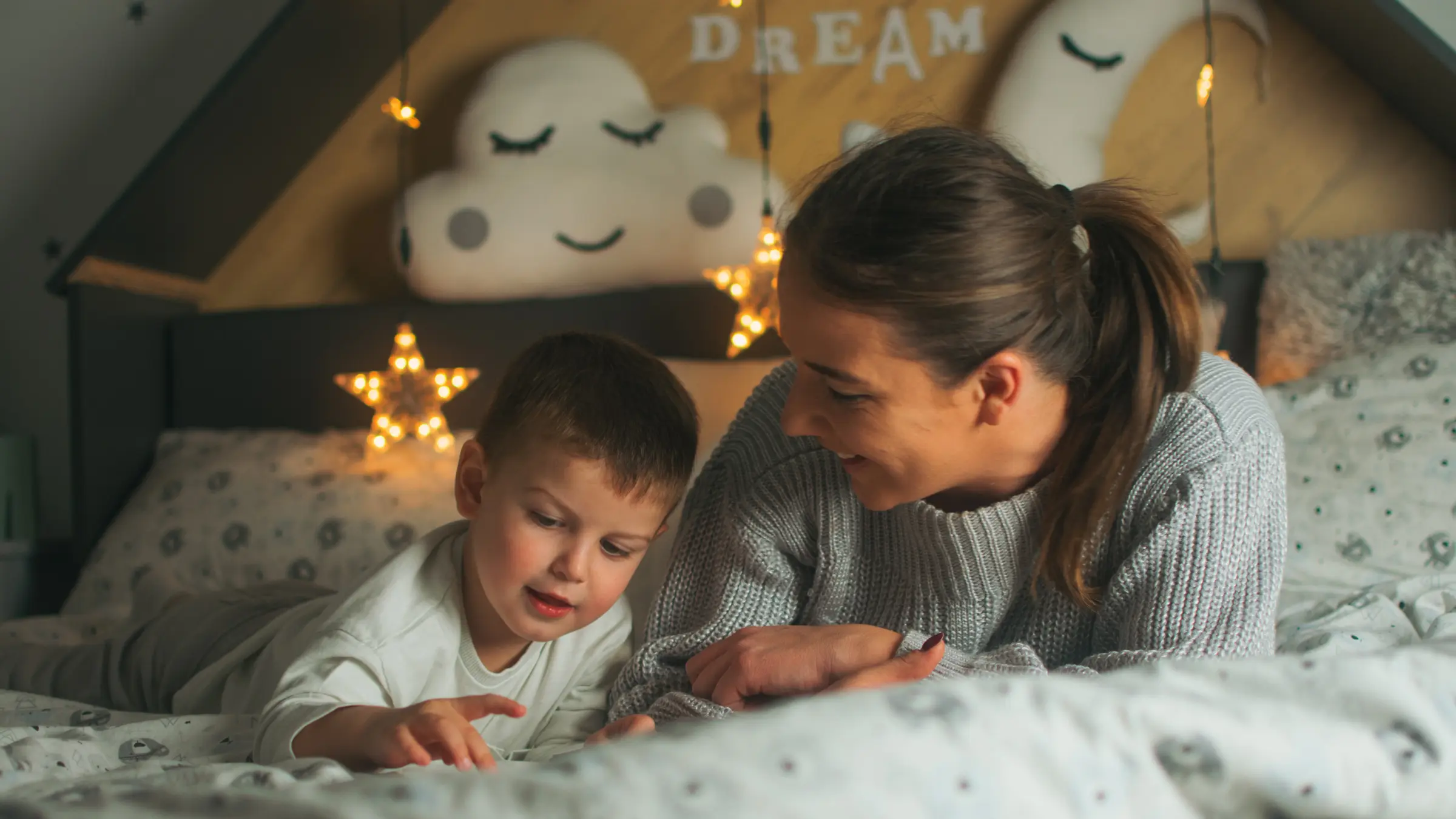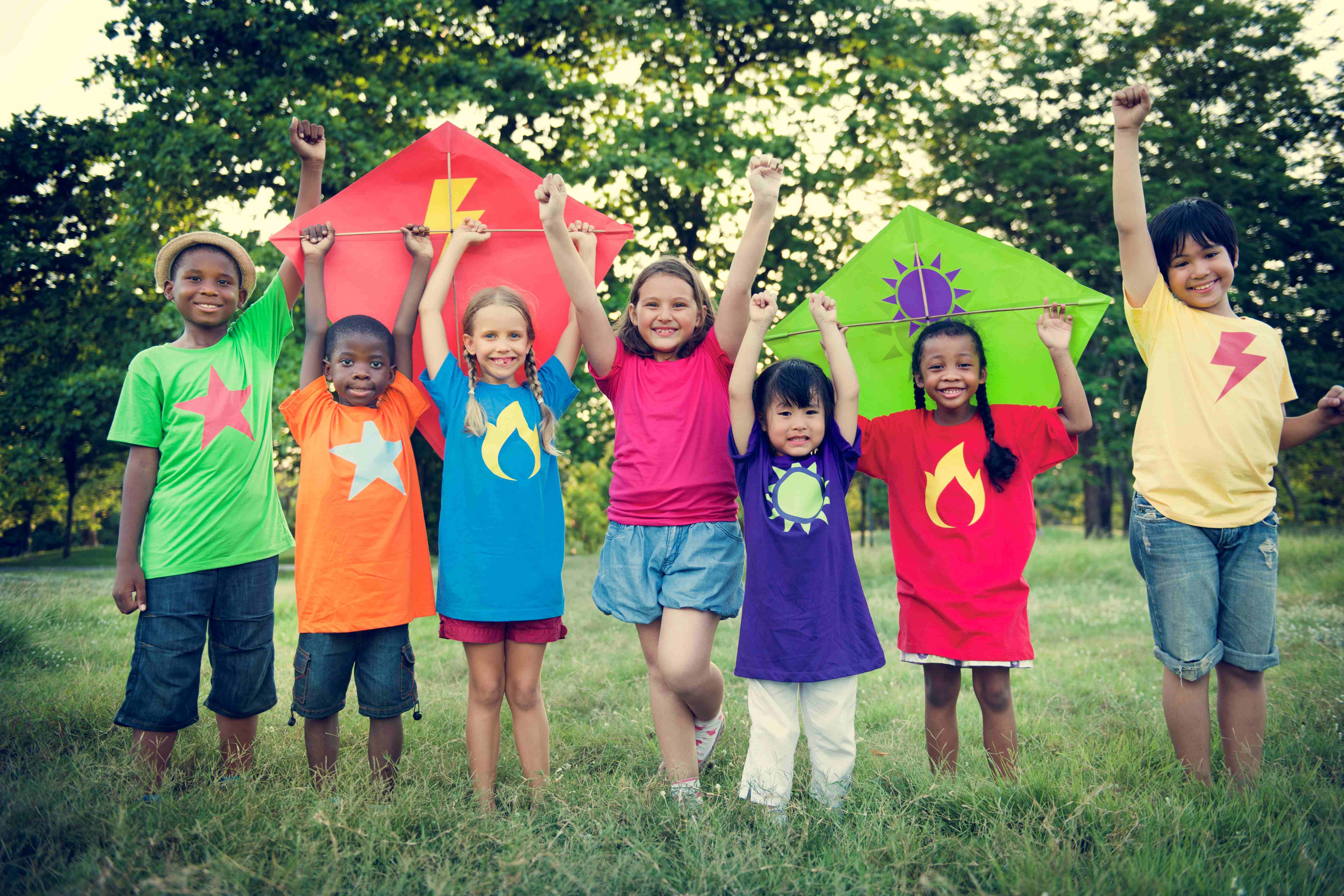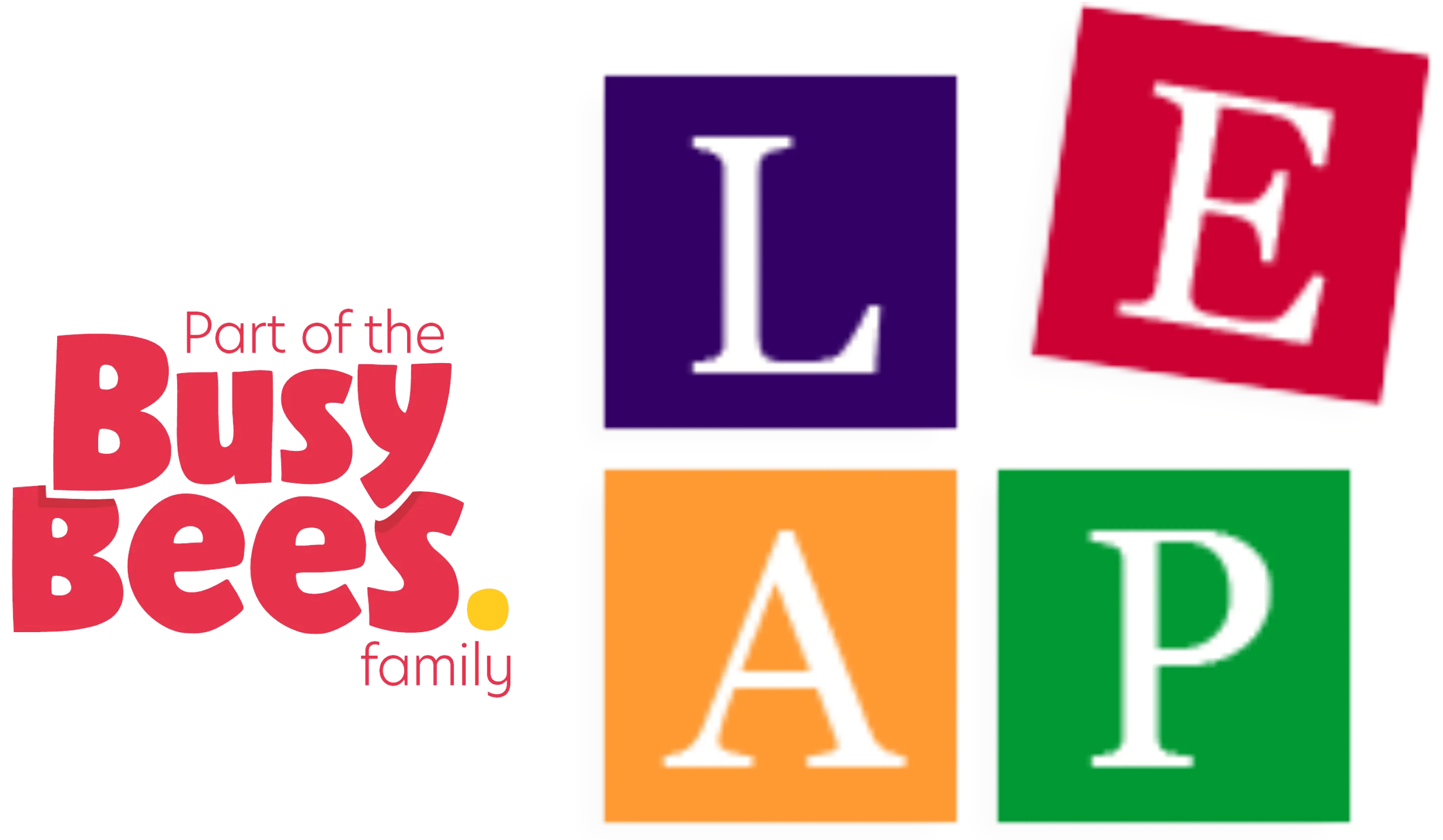Emotional Regulation in Young Children
Written by Dr. Rachel Kramer, Child Psychologist and Consultant to the LEAP Schools.
For many children, nervousness and uncertainty about the new school year are expressed in increased dysregulation. For some, that may look like dysregulated behavior such as frequent bursts of excess energy, difficulty sitting still, or out-of-control behavior such as hitting siblings, throwing toys, or slamming doors. Other children may present with unsettled emotions such as being easily frustrated, quick to anger or tears, or particularly anxious.
What skills and strategies do we want children and adolescents to learn about managing big emotions as they grow and develop?
We want children to be able to recognize that they are having big feelings. Parents can use language to help children develop an awareness of their internal states:
- Wow, you are really frustrated that we don’t have any yogurt for a snack.”
- “It looks like you have so much energy that you can’t sit at the table right now.”
- “It seems like you are filled with sadness that your playdate got canceled.”
Over time, we want them to be able to name the feeling(s) that they are experiencing. Remember that using words to label emotions is often a work in progress for many years.
- “I wonder if you’re feeling lonely since you have been inside quarantining for 4 days.”
- “You are getting really frustrated when your brother touches your Legos. It’s ok to say you’re frustrated but you may not hurt your brother.”
- Or for a child who doesn’t like it when you use words to label feelings, you might start with: “This is really hard. I’m right here.”
We want children to develop a toolbox of adaptive coping strategies to help them calm down and feel better. A wonderful way to do this is to use a quiet moment to brainstorm with your child and develop a list of strategies. Creating a written list, perhaps with pictures for younger children, helps promote problem-solving and independence as children can look at a menu of options and make the best choice for that moment.
Often children need to begin by using strategies to help them safely discharge excess physical energy, such as throwing something safe like a nerf ball, squeezing a stuffie or beanbag, pounding clay or play dough, screaming into a pillow, going for a run, or dancing to loud music.
Additional self-soothing strategies might include listening to an audiobook or favorite playlist, coloring or working on a craft, building with Legos, taking a bath or shower, or playing with a pet.
When children are struggling with challenging emotions such as sadness, frustration, anger, or loneliness, I encourage you to use messages that promote resilience: remind children that they have the skills and support to tolerate these moments – “This is hard, and you’re a kid who can do hard things.”
In addition, we want to present a message of hope and optimism and show that we support the notion that, while this moment feels very difficult, eventually things will feel better: “Right now you’re so sad and frustrated. I remember that last time you made a choice to help yourself feel better. Why don’t you look at your list of strategies and pick one to try.”
Remember that learning emotional regulation skills is an ongoing work in progress. You don’t need to promote all of these strategies every time your child is upset. I’m hopeful that this framework will help parents hold in mind some of their long-term goals for social and emotional learning. That way, when faced with a challenging parenting moment parents can pause, take a breath, think about the big picture, and make a plan about how to respond.
You May Also Like

Teaching Children Emotional Intelligence

The Train Analogy




